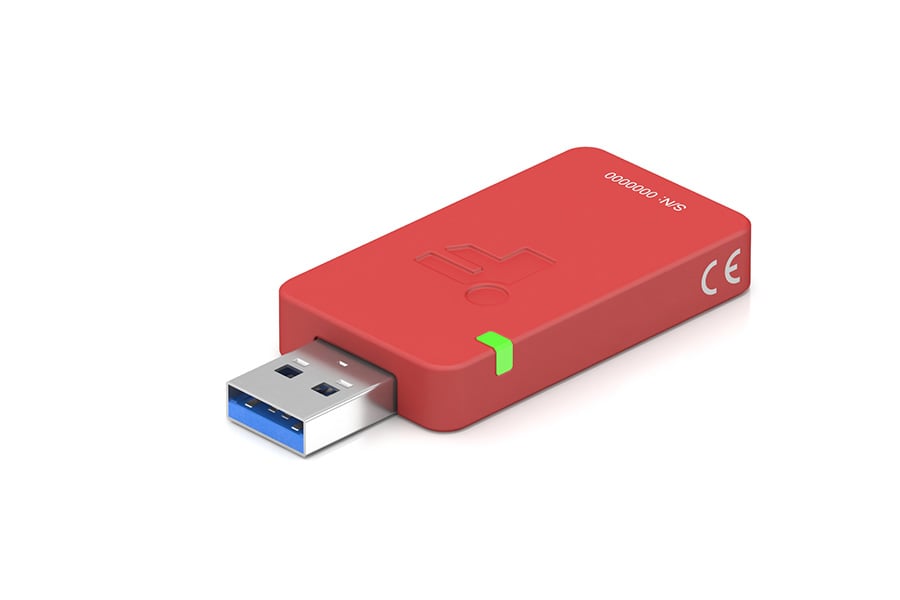What are Steer-by-Wire systems?
Traditionally, on-road and off-road automobile vehicles use a hydro-mechanical system for steering. The mechanical system is usually made up of a rack-and-pinion steering gear that is physically linked to the steering wheel.
In the ’80s and ’90s, power steering became popular and helped to reduce the amount of force necessary to turn the steering wheel. This was accomplished through a hydraulic actuator that assists the turning of the rack-and-pinion steering gear. Even with electric power steering, the biggest challenge is the limitations of the mechanical components.
Steer-by-Wire (SbW) or Drive-by-Wire (DbW) technology in the automotive industry is the use of electronics, actuators, and algorithms to replace hydraulic and mechanical connections between the hand steering wheel and the road. This technology replaces the traditional mechanical control systems with electronic control systems and this concept is very similar to the fly-by-wire systems widely used in the aviation industry.
How are Steering Torque Sensors used in Steer-by-Wire Systems?
Multi Axis and reaction torque sensors are frequently utilized in the Steer-by-Wire test environment to validate the control system design. Torque sensors and multi-axis transducers are installed in the steering wheel (input module) and the rack-pinion transmission (actuation module) during the verification and validation phase to audit and calibrate the steer-by-wire control system (control loop parameters, actuators dynamic). Steer-by-Wire systems must be validated during the product design phase and require extreme auditing before being deployed to the commercial end product.
Car design engineers can take advantage of FUTEK's high-precision multi-axis torque sensor to audit and validate new designs of steer-by-wire systems as well as calibrate the feedback control systems.
How it Works
Steering Wheel / Column: During the product validation phase, the QMA148 Low Profile Torque and Thrust Sensor provides quality assurance and control engineers with the appropriate tools to measure the rotational torque applied to steering controls. This multi-axis torque sensor can also be used to monitor the pull and push of the driver’s hands on the steering wheel as they accelerate and decelerate and/or the frontal impact force measurement of crash test dummies. FUTEK's QMA148 Low Profile Torque and Thrust Sensor is installed between the steering wheel and the steering column.
Steering Gear / Actuation module: During the product design validation, Control Engineers need to measure the actuation torque that is applied to the rack and pinion transmission (actuation module). This ensures proper calibration of the torque control loop. FUTEK's custom reaction torque sensors can be installed with steer angle actuator to measure the actual actuation torque exerted and properly calibrate the actuation module through additional torque feedback.
Products in Use
QMA148 Custom Low Profile Torque and Thrust Biaxial Sensor;
TFF Series OEM Flange-to-Flange Reaction Torque Sensor;
All these sensors can be paired with USB225 USB Digital Signal Conditioner.
Contact Us
Please Contact Us with questions.
What are Steer-by-Wire systems?
Traditionally, on-road and off-road automobile vehicles use a hydro-mechanical system for steering. The mechanical system is usually made up of a rack-and-pinion steering gear that is physically linked to the steering wheel.
In the ’80s and ’90s, power steering became popular and helped to reduce the amount of force necessary to turn the steering wheel. This was accomplished through a hydraulic actuator that assists the turning of the rack-and-pinion steering gear. Even with electric power steering, the biggest challenge is the limitations of the mechanical components.
Steer-by-Wire (SbW) or Drive-by-Wire (DbW) technology in the automotive industry is the use of electronics, actuators, and algorithms to replace hydraulic and mechanical connections between the hand steering wheel and the road. This technology replaces the traditional mechanical control systems with electronic control systems and this concept is very similar to the fly-by-wire systems widely used in the aviation industry.
How are Steering Torque Sensors used in Steer-by-Wire Systems?
Multi Axis and reaction torque sensors are frequently utilized in the Steer-by-Wire test environment to validate the control system design. Torque sensors and multi-axis transducers are installed in the steering wheel (input module) and the rack-pinion transmission (actuation module) during the verification and validation phase to audit and calibrate the steer-by-wire control system (control loop parameters, actuators dynamic). Steer-by-Wire systems must be validated during the product design phase and require extreme auditing before being deployed to the commercial end product.
Car design engineers can take advantage of FUTEK's high-precision multi-axis torque sensor to audit and validate new designs of steer-by-wire systems as well as calibrate the feedback control systems.


